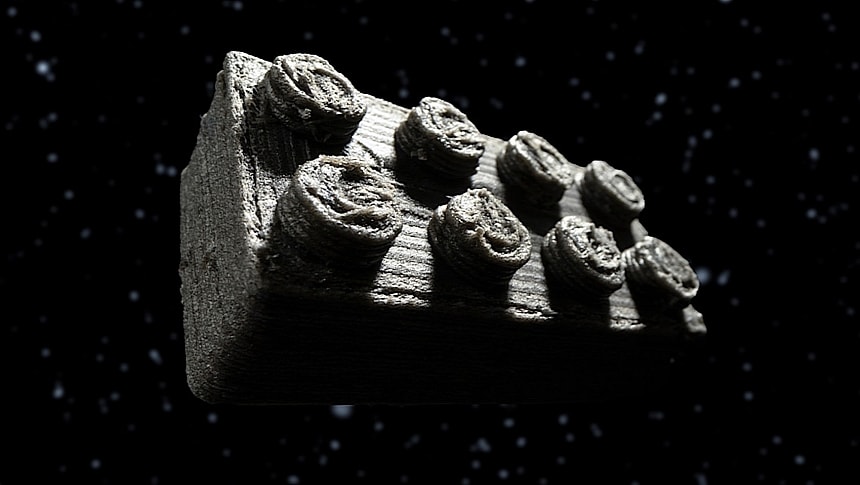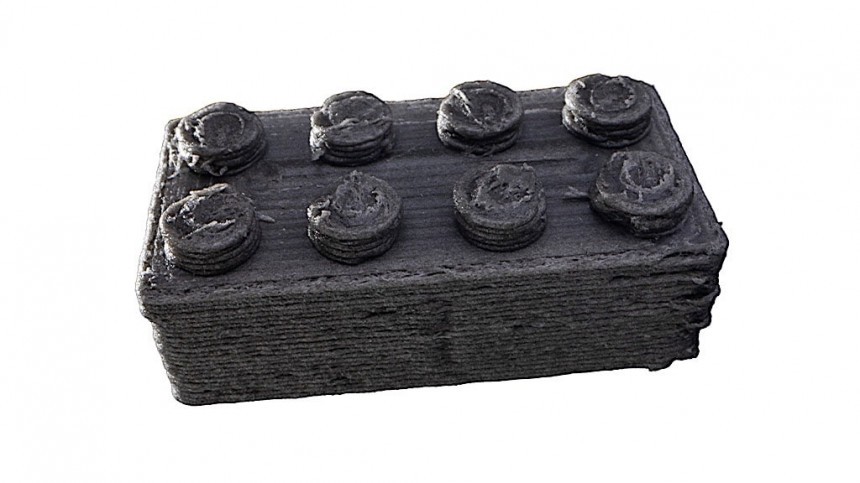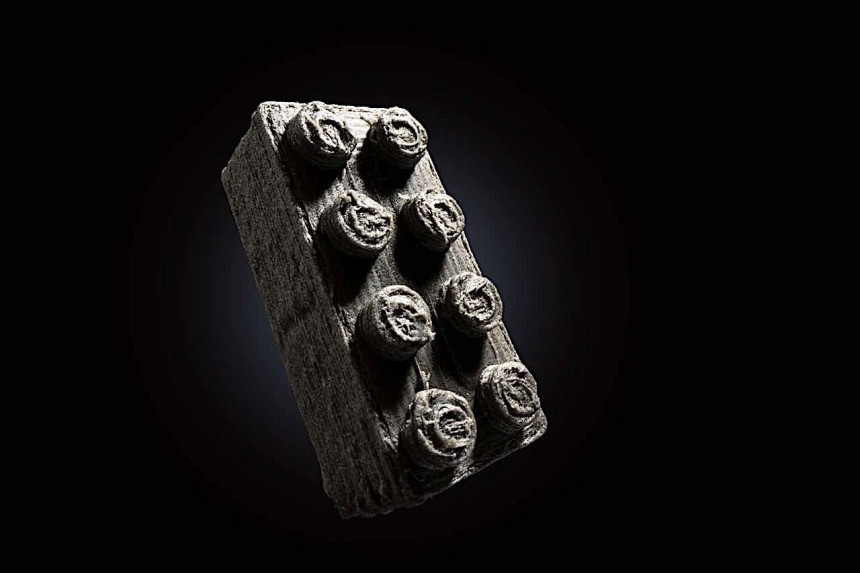There is probably not a single human on this planet who doesn't know what LEGO is and what it can do. On the market since 1949, the company has been in the business of producing small plastic bricks that can be assembled to form literally anything for so long that there's probably no corner on this planet they haven't snuck into already. But even if everybody knows what LEGO is, chances are you're not all that familiar with what the term LEGO System in Play is supposed to mean.
The company calls this the "one of the cornerstones of the LEGO Group" and it’s a concept that has been around since 1955. In essence, we're talking about a structured system of plastic bricks that will always fit together, no matter what they were originally intended to be part of, or when they were made.
History notes that LEGO first used this approach on a set called Town Plan No. 1, launched in the mid-1950s as a more realistic urban environment than anything that came before it. The first application of the LEGO System in Play in this fashion is important because now, decades later, the European Space Agency (ESA) is using the same approach as it seeks a way to build an infrastructure on the Moon for the Artemis program.
There are plans in place that by the end of this decade humans will have a sort of semi-permanent presence on the Moon and in orbit around it. For that to happen, though, we'll have to build stuff up there. And here lies trouble, as we can't really send building materials to the Moon in a cheap and effective way.
So, to erect anything from launch and landing pads to buildings for shelter and living on the surface of the satellite we'll have to use locally-sourced materials the likes of the lunar regolith. On paper that's an easy thing to do, but the reality is no one truly knows if the regolith really is suitable as a building material. We could find out, of course, but we'll have to make the trip there first, as there's only so much regolith here on Earth, brought back by the Apollo astronauts.
ESA decided not to wait, though, and applied the LEGO System in Play approach to create bricks that could be used to assemble structures on the Moon. The agency did not use regolith, but meteorite dust.
The meteorite that was used for the task is an L3-6 one that was discovered in 2000 in North-West Africa. L3-6 means a brecciated stone that comprises large metal grains, chondrules, and various other stone elements. The bit of space rock was born around 4.5 billion years ago, traveled for a long time through space, and eventually crashed on our planet only to be ground up into dust by European scientists.
For the task of making a LEGO-like brick out of it, the meteorite dust was mixed with polylactide and regolith simulant. The resulting substance was then fed to a 3D printer that spat out something that will forever be known in the world as the ESA Space Bricks.
It's unclear how far along the Europeans got with testing the concept (we hear of small scale versions of Moon structures being made), but supposedly these building blocks could be used pretty much in the same way as the plastic LEGOs. More importantly, though, the tests have shown that space materials we will find on location could be used to form building blocks.
"No-one has ever built a structure on the moon, so we have to work out not only how we build them but what we build them out of as we can't take any materials with us," said in a statement Aidan Cowley, ESA Science Officer.
"The result is amazing and whilst the bricks may look a little rougher than usual, importantly the clutch power still works, enabling us to play and test our designs."
The Europeans have been working on this project for several years now, but as we approach the launch of the first crewed Artemis missions, LEGO has taken notice and decided to give the ESA project a shot at stardom.
So, starting from June 24 and all the way to September 20, a number of LEGO stores around the planet, but also the company's headquarters in Billund, Denmark, will display a collection of 15 of these bricks.
The countries where you'll be able to witness the ESA Space Bricks firsthand are the U.S., Canada, the UK, Germany, France, Denmark, Spain, Australia, and Denmark. The exact locations of the LEGO stores in each country are listed below:
U.S.:
Germany:
Denmark:
Spain:
France:
Netherlands:
Australia:
History notes that LEGO first used this approach on a set called Town Plan No. 1, launched in the mid-1950s as a more realistic urban environment than anything that came before it. The first application of the LEGO System in Play in this fashion is important because now, decades later, the European Space Agency (ESA) is using the same approach as it seeks a way to build an infrastructure on the Moon for the Artemis program.
There are plans in place that by the end of this decade humans will have a sort of semi-permanent presence on the Moon and in orbit around it. For that to happen, though, we'll have to build stuff up there. And here lies trouble, as we can't really send building materials to the Moon in a cheap and effective way.
So, to erect anything from launch and landing pads to buildings for shelter and living on the surface of the satellite we'll have to use locally-sourced materials the likes of the lunar regolith. On paper that's an easy thing to do, but the reality is no one truly knows if the regolith really is suitable as a building material. We could find out, of course, but we'll have to make the trip there first, as there's only so much regolith here on Earth, brought back by the Apollo astronauts.
ESA decided not to wait, though, and applied the LEGO System in Play approach to create bricks that could be used to assemble structures on the Moon. The agency did not use regolith, but meteorite dust.
For the task of making a LEGO-like brick out of it, the meteorite dust was mixed with polylactide and regolith simulant. The resulting substance was then fed to a 3D printer that spat out something that will forever be known in the world as the ESA Space Bricks.
It's unclear how far along the Europeans got with testing the concept (we hear of small scale versions of Moon structures being made), but supposedly these building blocks could be used pretty much in the same way as the plastic LEGOs. More importantly, though, the tests have shown that space materials we will find on location could be used to form building blocks.
"No-one has ever built a structure on the moon, so we have to work out not only how we build them but what we build them out of as we can't take any materials with us," said in a statement Aidan Cowley, ESA Science Officer.
"The result is amazing and whilst the bricks may look a little rougher than usual, importantly the clutch power still works, enabling us to play and test our designs."
The Europeans have been working on this project for several years now, but as we approach the launch of the first crewed Artemis missions, LEGO has taken notice and decided to give the ESA project a shot at stardom.
The countries where you'll be able to witness the ESA Space Bricks firsthand are the U.S., Canada, the UK, Germany, France, Denmark, Spain, Australia, and Denmark. The exact locations of the LEGO stores in each country are listed below:
U.S.:
- Mall of America, Bloomington, Minnesota
- Disney Springs, Florida
- Water Tower Place, Chicago
- Disneyland Resort, California
- 5th Avenue, New York
- Canada: West Edmonton
- UK: Leicester Square, London
Germany:
- München Zentrum
- Cologne
Denmark:
- Copenhagen
- LEGO House, Billund
Spain:
- Barcelona
France:
- Paris
Netherlands:
- Amsterdam
Australia:
- Pitt Street Mall, Sydney









